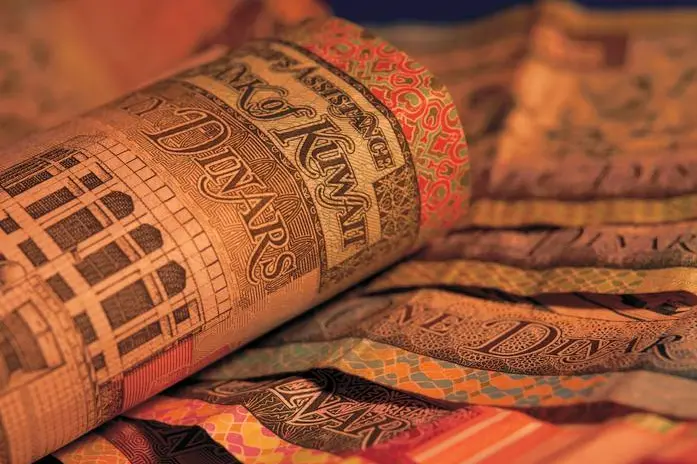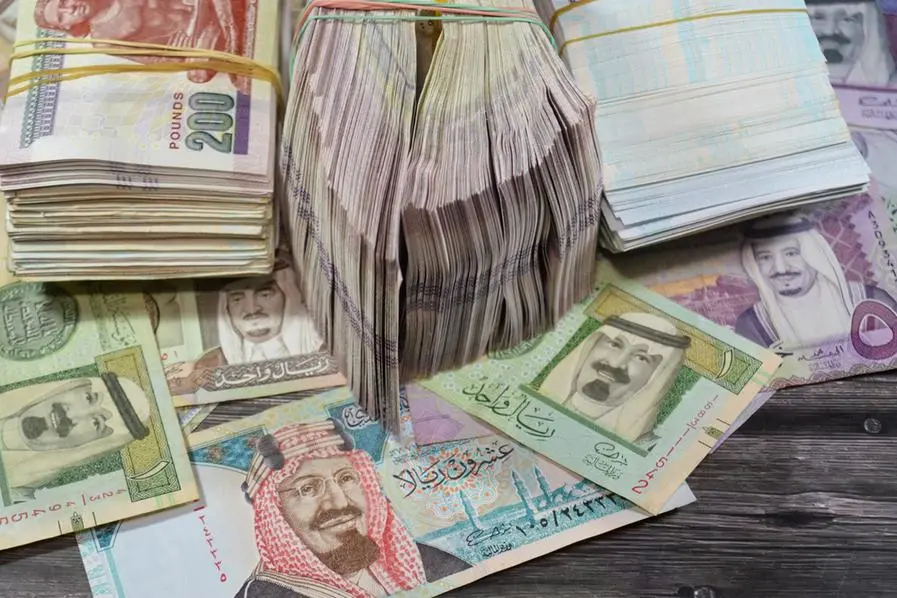PHOTO
Close-up of Kuwaiti bank notes (toned). Image used for illustrative purpose. Getty Images
Local banks experienced a significant drop in their deposits with foreign banks during the first eight months of 2023, registering a 17.6 percent decline, which amounts to 1.16 billion dinars. This decline is noteworthy, especially when comparing it to the figure of 6.614 billion dinars in December, which had decreased to 5.446 billion dinars by August.
On an annual basis, this reduction stands at 16.6 percent or 1.09 billion dinars, as it was 6.535 billion dinars in August 2022. Furthermore, on a monthly basis, deposits fell by 4 percent, equivalent to approximately 226.7 million dinars, compared to the 5.673 billion dinars reported at the end of July. In contrast, deposits of foreign banks with local banks showed a positive trend over the same eight-month period in 2023, increasing by 2.8 percent, amounting to 144.5 million dinars.
This growth brought the figure down from 5.082 billion dinars at the end of December 2022 to 4.897 billion dinars in August. However, on an annual basis, there was a decrease of 240.3 million dinars, or 4.6 percent, as it was 5.137 billion dinars in August 2022. On a monthly basis, deposits dropped by 3.6 percent, or approximately 184.9 million dinars, compared to the 5.082 billion dinars reported at the end of July.
Decline
Regarding foreign currencies, deposits in foreign currencies held by the private sector in local banks also witnessed a decline of 6.7 percent, totaling 120.2 million dinars. This decrease occurred between December 2022 when it was 1.774 billion dinars and August, when it reached 1.654 billion dinars. On a monthly basis, there was a 1.4 percent drop, approximately 25 million dinars, from the 1.679 billion dinars reported in July. Yearly, there was a decrease of 4.4 percent, equivalent to 76.4 million dinars, from 1.73 billion dinars in August 2022.
The Central Bank of Kuwait is actively working to strengthen the flow of cash between the banking sector and the national economy. It seeks to maintain the attractiveness of the Kuwaiti dinar as a secure and profitable currency for savings, thereby increasing the appeal of deposits with Kuwaiti banks. These measures align with the Central Bank’s conservative policies, mirroring the decisions of the US Federal Reserve to ensure the competitiveness of the Kuwaiti dinar against the dollar.
These policies aim to navigate local and global economic conditions, as well as geopolitical developments, particularly the substantial increases in global inflation rates driven by rising energy and commodity prices, and supply chain disruptions, which contribute significantly to imported inflation and its impact on the consumer price index in Kuwait. In the realm of interbank deposits, there was a notable decrease of 26.5 percent over the first eight months of the year, amounting to 495.4 million dinars.
This decline brought the figure down from 1.867 billion dinars in December to 1.372 billion dinars in August. However, on a monthly basis, there was a 6 percent increase, approximately 77.6 million dinars, after a low of 1.294 billion dinars in July. Yearly, interbank deposits fell significantly by 41.7 percent, a value of 981.8 million dinars, compared to 2.35 billion dinars at the end of August 2022. These trends are based on data from the Central Bank’s monthly reports over the past year, highlighting both growth and decline in the local interbank market, with a recent recovery seen in August after a period of decline from March to July.
© 2022 Arab Times Kuwait English Daily. All Rights Reserved. Provided by SyndiGate Media Inc. (Syndigate.info).





















